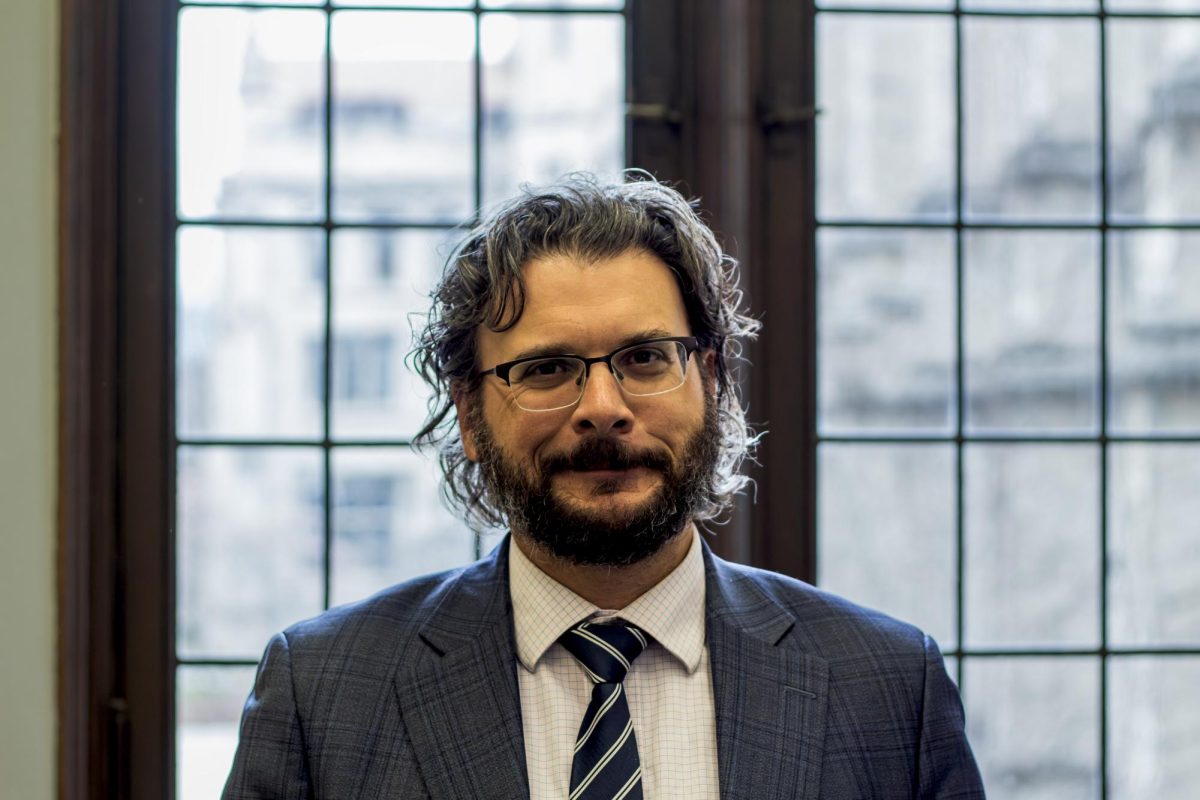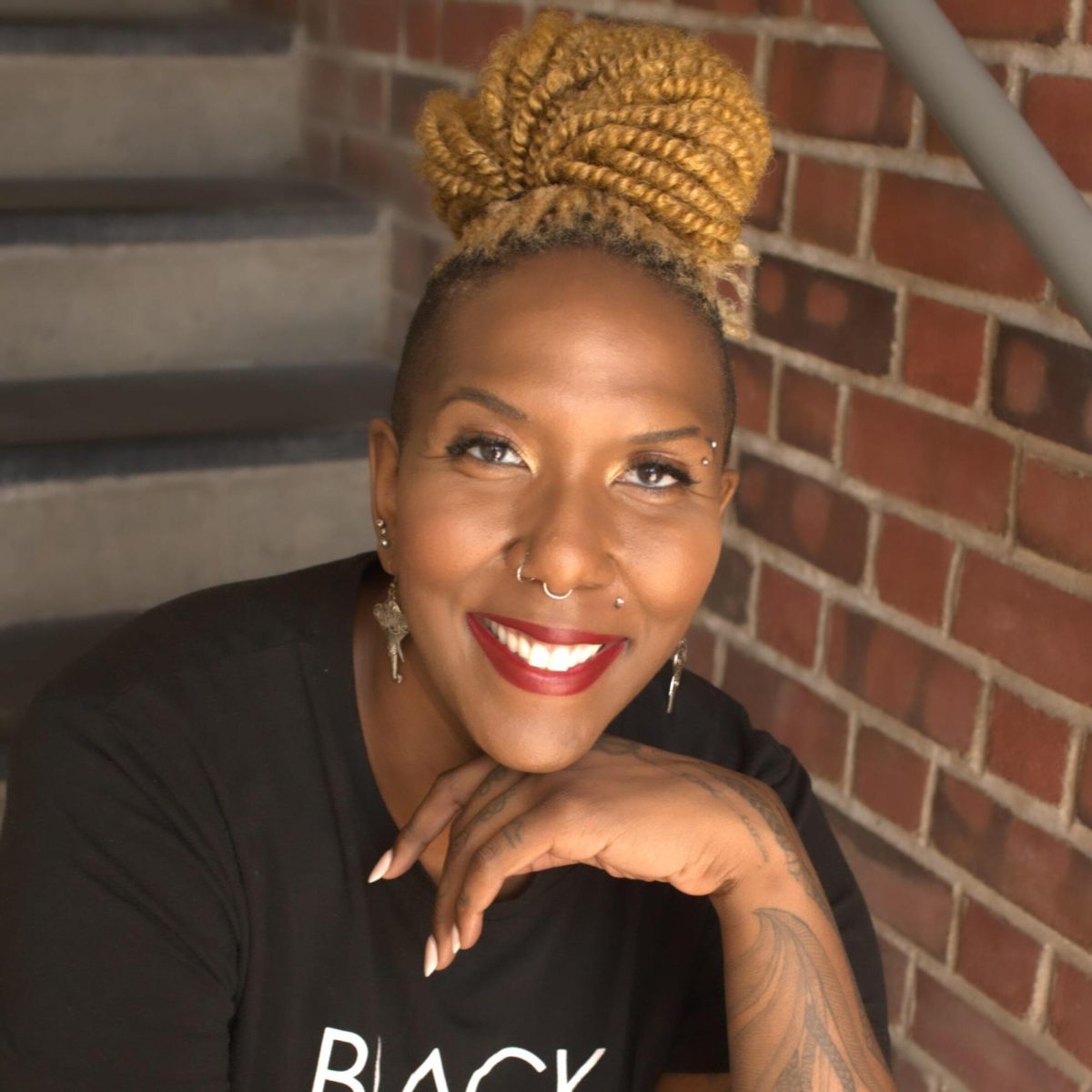As The New York Times rolls out an online pay-to-read plan, U of C students can still get “All the News That’s Fit to Print” for free.
After a quarter-long hiatus, Student Government (SG) is bringing free copies of The New York Times back to campus, but a $5,000 budget shortfall has limited the quantity of copies and the availability of other publications.
A total of 400 copies of the newspaper will be available each weekday during spring quarter, down from the 600 copies offered during fall quarter’s four-week pilot program. The budget shortfall originated with the SG Finance Committee’s (SGFC) decision to allocate only $5,000 to the program, rather than the $10,000 the Committee had originally hoped to set aside, according to fourth-year SG President Greg Nance.
“We thought that $5,000 was all that the SGFC could support,” said fourth-year SGFC Chair Marie Joh, who also noted that no other event or budget had received over $10,000 in funding.
The remaining $5,000 was contributed by the Graduate Council ($1,000), the Harris School of Public Policy ($1,000), and the SG Cabinet ($3,000), according to second-year and Vice-President for Student Affairs Patrick Ip.
These funds will cover 400 weekday subscriptions for 10 weeks under a reduced rate offered through the Times’ education program.
SG is now seeking the support and funding necessary to sustain the program in the long-term.
“We are approaching the administration for long-term funding now that we have demonstrated solid student demand for accessible newspapers,” Nance wrote in an email.
In particular, SG is exploring the quarterly Student Life Fee that all students pay as a possible source of funding. Currently, the fee for students in the college is $301 per quarter.
“We can make it sustainable for about a $6.80 increase per student,” Nance said in February. Student support for such a measure seems to be well-established. When an online petition in favor of raising next year’s Student Life Fee by seven dollars went online, 360 people signed in support within 10 hours. A separate SG survey conducted in the final week of the pilot program indicated that 70 percent of students would be willing to pay 10 dollars for the program to continue. Nearly 80 percent said they were willing to pay five dollars.
Nance said that SG will use the petition to demonstrate student support for the program when it approaches University administrators for additional funding.
“We are using Spring Quarter to rally support for the project and demonstrate its enriching value to campus,” Nance said. He added that if SG can secure sufficient long-term funding, it will try to increase the number and variety of publications offered.
In the pilot program, SG offered free copies of the Chicago Tribune and USA Today, in addition to The New York Times. This time around, however, SG elected to offer The New York Times exclusively due to the limited funding.
The New York Times was the most popular of the three newspapers offered in the fall. SG reported in February that all 600 copies were taken daily. Students took 75 percent of the 300 copies each of USA Today and The Chicago Tribune that were available, and SG expects similar levels of consumption this quarter. SG hopes to expand the program by reintroducing USA Today at a three-to-one ratio, Nance said. (The papers are made available through the Collegiate Readership Program, a national print distribution program run by USA Today owner Gannett Company, Inc.)
Students can grab papers from four sites located in the Regenstein Library, Reynolds Club, Harris School of Public Policy, and the South Campus Dining Hall. Nance said that the number of newsstands was whittled down from the six tested during the pilot period according to foot traffic.









